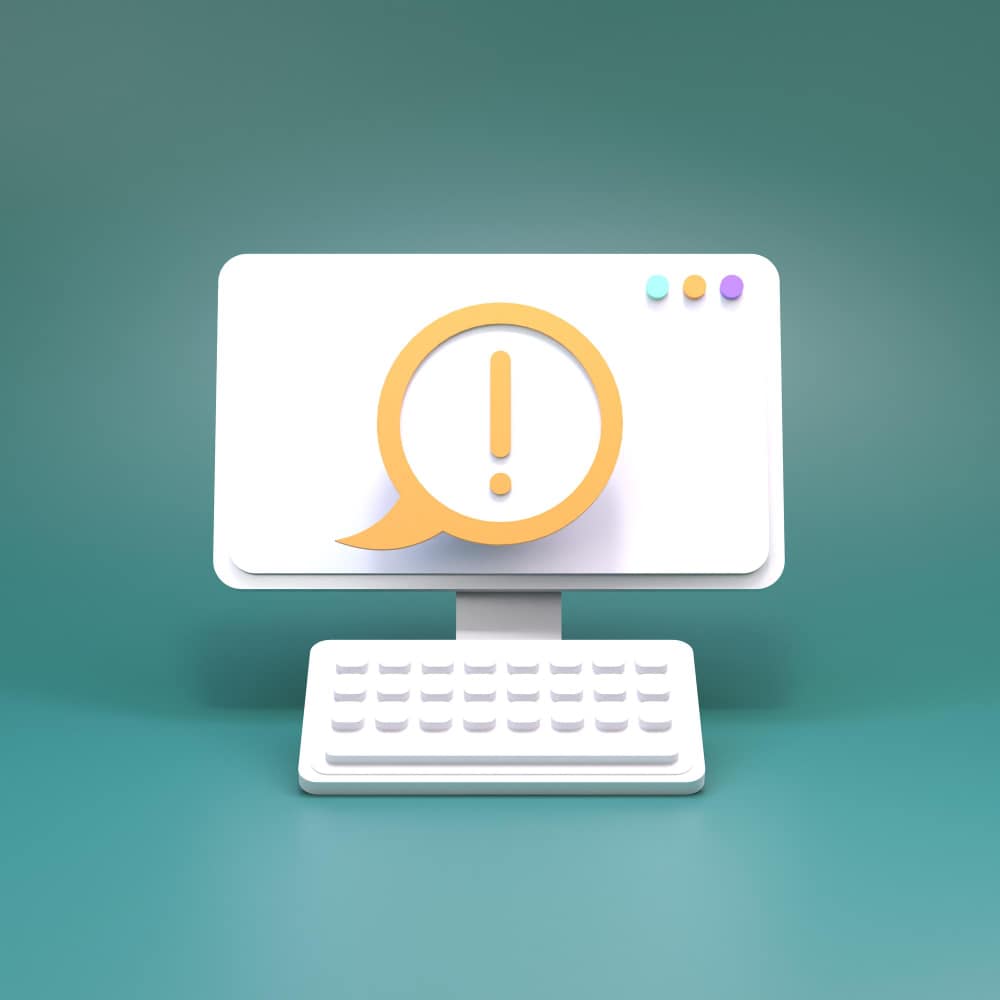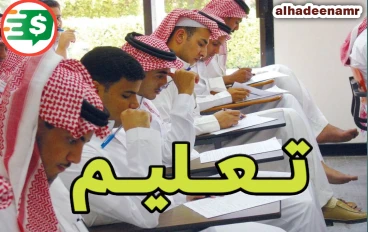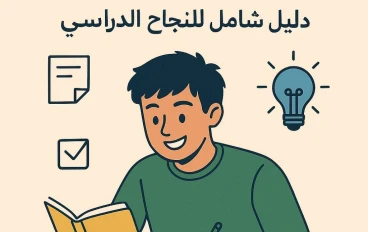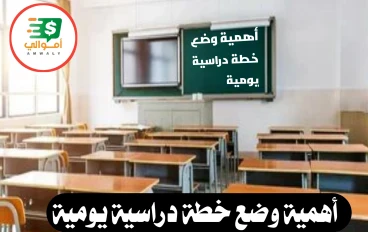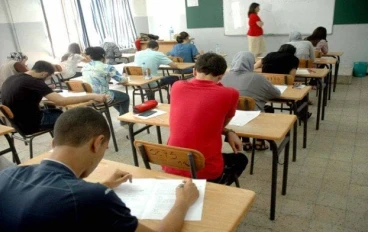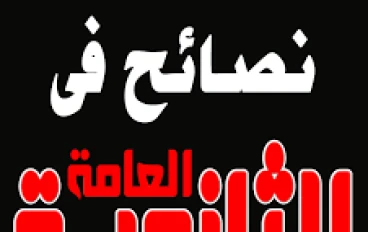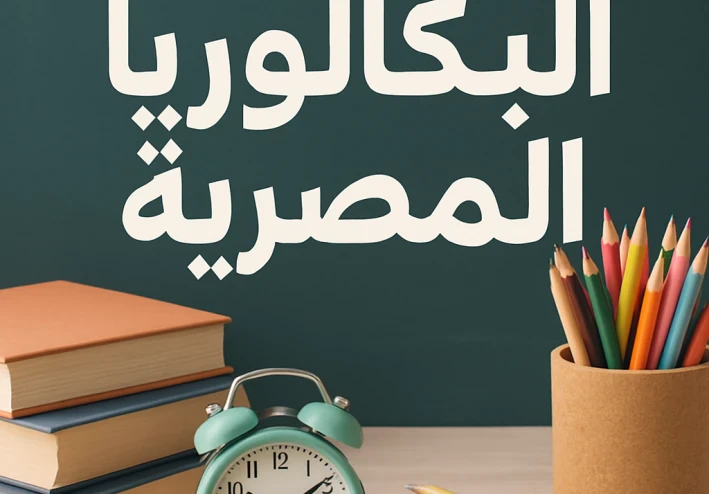
Egyptian Baccalaureate System: A Modern Thanaweya Amma... Choose Your Path
Baccalaureate System According to Tracks
First Year of Secondary School
The student studies 7 core subjects including: Religious Education, Arabic Language, Egyptian History, Mathematics, Integrated Science, Philosophy and Logic, and the First Foreign Language.
In addition, there are two non-graded subjects: Second Foreign Language, and Programming & Computer Science.
At this stage, there is no specialization yet, and all students study the same subjects.
Second Year of Secondary School
Specialization begins at this level, where the student chooses one of four main tracks:
Medicine and Life Sciences Track
Engineering and Computer Science Track
Business and Commerce Track
Arts and Humanities Track
The number of subjects studied in the second year is 4:
3 core subjects for all students: Arabic, Egyptian History, First Foreign Language, and Religious Education (passing grade 70%, but not counted in total).
Plus one specialization subject chosen according to the track, for example:
In Medicine and Life Sciences: choose between Mathematics or Physics.
In Engineering and Computer Science: choose between Chemistry or Programming.
In Business: choose between Accounting or Business Administration.
In Arts and Humanities: choose between Psychology or Second Foreign Language.
The system allows students to switch tracks during their study if they feel incompatible with their initial track, by changing only two subjects.
Third Year of Secondary School
The student studies 3 specialization subjects along with core Religious Education, totaling 4 subjects:
Medicine and Life Sciences Track: Advanced Biology and Advanced Chemistry.
Engineering and Computer Science Track: Advanced Mathematics and Advanced Physics.
Business Track: Advanced Economics and Mathematics.
Arts and Humanities Track: Advanced Geography and Statistics.
Summary
In the second year, the student chooses one specialization subject from specified alternatives for each track, while continuing 3 other core subjects.
In the third year, the student studies only advanced specialization subjects alongside Religious Education.
This system enables precise specialization while reducing academic burden, maintaining core general subjects for all students.
In conclusionAt the end of this article, it is important to emphasize that the Egyptian Baccalaureate system represents a new educational experience aimed at development and modernization in the secondary education journey. This system holds many positive aspects, allowing students to choose specialized tracks that match their interests and abilities, enhancing their chances of academic and professional success in the future. At the same time, the system faces challenges related to actual implementation, societal adaptation, and the necessity of having a strong infrastructure and integrated curricula to support this approach.
All concerned parties, including students, parents, and educational bodies, should deeply understand this system and work to overcome any difficulties that may hinder its application through continuous support and adaptation to new developments. It’s worth noting that the success of any educational system is not only measured by the courses or tracks it offers but by how well it achieves its goals in preparing a generation capable of facing contemporary challenges and competing locally and globally.
In conclusion, choosing the appropriate system remains a decision unique to each student according to their circumstances and capabilities, and this choice should be based on full awareness of the advantages and limitations of each option. With the continuous development witnessed in education in Egypt, the Egyptian Baccalaureate system is expected to see further improvements that will contribute to enriching education with new tools and methods that meet contemporary demands. Therefore, the hope remains high that this step will be the beginning of a positive and sustainable change that benefits both the student and society as a whole.results in the educational reality

































